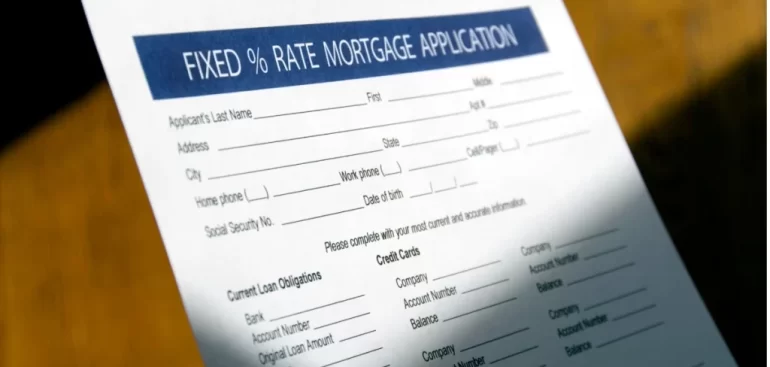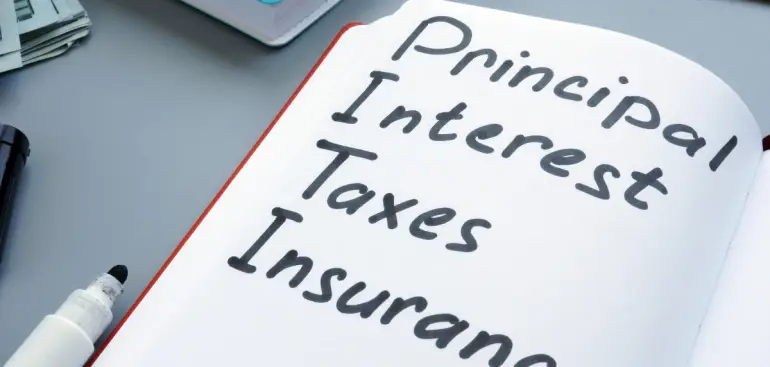A lot of the mortgage and home buying advice you see online is geared toward average buyers in average or lower-priced housing markets. You can safely take what these articles say about smaller mortgages ($200,000 or $300,000) and multiply by two or three times to understand the impact on higher loan balance mortgages and loans in areas such as Los Angeles and Orange counties.
Interest rates go up and down, and while it’s probably not necessary to keep an eye on them daily, especially if you’re not about to make an offer on a home, you should be aware of their impact on your home buying power and long-term finances.
How much could half a percentage point increase on a 30-year fixed-rate cost me?
If you got a 30-year fixed-rate mortgage for $700,000 at 3.9%, your monthly principal and interest would be approximately $3,300. If the interest rate increases by .2 points, your payment will be about $3,382 a month. That’s $82 a month — not great, but not terrible, right?
Think again. A 30-year fixed-rate mortgage breaks down into 360 payments. Multiply $82 by 360. Just two-tenths of a percentage point increase in mortgage interest will cost you $29,520 over the life of your 30-year fixed-rate mortgage.
What should I do if mortgage interest rates go up?
Now that you know the overall, long-term cost of even one-tenth or two-tenths of a percentage point could cost you over the life of your loan, you’re in a position to make better-informed choices about home-buying and mortgage rates.
First, if you’re already looking for a home, be prepared to lock in your mortgage rate so it doesn’t go up during escrow. Second, if you’re planning to start looking for a home during the next six months, set a news alert to keep track of mortgage and home price news. You’ll quickly find that different mortgage sources often predict different rates of increase or decrease in 30-year fixed mortgage rates. You won’t know your specific rate until you apply for mortgages, but the alerts can give you a general idea of how much your mortgage rate could be.
Ups and downs in mortgage rates are an important factor affecting your home buying power and long-term financial planning. It’s just another good reason to work with a mortgage loan professional you can rely on and trust.
Sources
https://www.realtor.com/news/trends/home-buyers-need-to-know-when-mortgage-rates-rise/
https://www.mortgagecalculator.org/calculators/mortgage-payment-calculator.php#top



